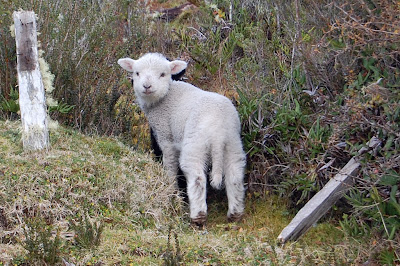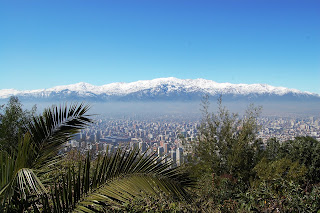I am late again. I guess of all the things that I could be late for at this point in my life, a blog post is probably one of the least mission-critical, but I am still going to resolve to blog more and more closely to the time of actual events in the ’12.
So I am writing this in a 767 one hour from landing and Dulles airport and the kickoff of my weeklong 7,000 mile DC-LI-NYC-PA-CA holiday swing. I spent the last two weeks cleaning data (which if you have the benefit of not knowing what that is please for the love of god don’t even change that about yourself) in the steamy tropical Dar es Salaam. None of the events encompassed in the previous two sentences are even remotely interesting *but* I spent most of the first two weeks of December in Afar.
The Afar region of Ethiopia is located in the northeast of the country – having exotic and interesting neighbors like Djibouti, Eritrea, and Somalia. The region itself actually lies below sea level in the Afar Depression. It will eventually flood with ocean when continental drift finally tears the Horn completely off from the mainland (though they are pretty safe for the next few millennium). And while I know that I seem to say this with alarming regularity – the people of Afar have a long proud tradition. But seriously though. The skeleton of Lucy was found in Afar. For those of use that aren’t quite sold on the “dinosaur bones are a test of our faith” line of reasoning (which I like to think is the majority of people even if the minority of Republican presidential candidates), that pretty much drops the ace of trump on this particular discussion.
Tradition has it that men are armed to protect the family’s herd – which in one go contains the household’s main food source and entire net worth. And indeed most men wear a long curved ornate sword over their traditional skirts. But the neighborhood has gone downhill since your grandfather’s day – warlords and beardos setting up shop just down the street – that curved sword just isn’t quite the deterrent it once was. But luckily you can buy a Klashnikov for about $75 bucks (of course my male colleagues asked). As such, every male over the age of 16 has an AK-47. And a few clips. (Whereas in many parts of Africa every male of 16 has a gun, but you can be reasonably assured they can’t afford bullets.)
Also, when you first cruise into “town” you notice there is a surprising amount of green being sold despite the surrounding territory having the fertility of southeastern Mars. Then you realize this isn’t vitamin rich spinach for the kiddies. It is qat. Qat is a cross between chewing tobacco and LSD – giving you a nice little mildly hallucinogenic buzz. So the basic rule of working up here is that you want to get up really early if you want to do anything – because by noon it will both be too hot and everyone will be too stoned to get much else done.
Other than that – just spent my week following a henna headed local guide with his Klashnikov over his shoulders – through the sand – sweating like a goat (no pigs allowed in Afar) in the sun under my long skirt and head scarf. Then kicking back in my little dung-constructed room in the UN guesthouse (which nonetheless had an air conditioner fully capable of commercial meat storage), eating eggs, drinking warm bottled water, cursing the irony of mosquitoes in the desert, smoking cigarettes, and getting ready to do it all again the next day. The funny thing about this is that it was all my idea. It was me that proposed we test out a new methodology for counting nomads and their herds in Africa. It was me that wrote all the grant proposals. Me that secured the funding and planned the trip. What the hell was I thinking? Next grant proposal is going to be to count traditional surfers in the Solomon Islands.
Happy holidays everyone.




















































